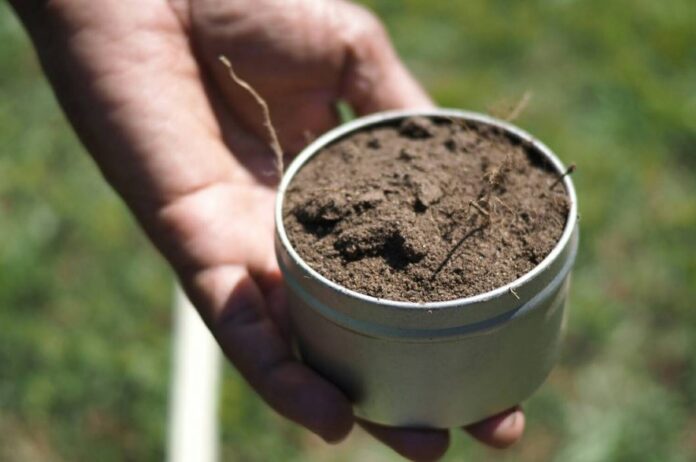Spring is the perfect time to take a Soil Sampling Los Angeles . The ground is thawed, and you can get a good idea of what your garden’s soil looks like. Here are some tips on how to take a soil sample.
1. Find an area in your yard that you want to test.
2. Use a clean spade or shovel to dig a hole about 6-8 inches deep.
3. Gather a small handful of soil from different depths and place it in a clean bucket or container.
4. label the sample with the location, date, and depth of the sample.
5. Repeat steps 2-4 in several other areas of your yard to get a representative sample of your soil. 6. Send your samples off to a lab for testing, or test them yourself using a home soil test kit.
What is a soil sample and why is it important?
A soil sample is a small amount of soil that is taken from the ground for testing. This testing can be done to determine the nutrient content of the soil, the pH level, or the presence of contaminants. Soil samples are important because they can help farmers and gardeners to determine what type of fertilizer to use, how often to water their plants, and what types of crops would grow best in their soil.
How to take a soil sample
Taking a soil sample is not as complicated as it might seem. In fact, with a little know-how, anyone can do it! Here’s a step-by-step guide on how to take a soil sample:
1. Choose the right location: Pick an area of your yard that you’d like to test the soil from. If you’re unsure, take samples from several different spots.
2. Take your tools: You’ll need a spade or shovel, a clean bucket, and some Ziploc bags (or similar).
3. Dig a hole: Use your spade or shovel to dig a hole that’s about 6 inches deep and 6 inches wide.
4. Fill your bucket: Scoop up some of the soil from the hole and place it in your clean bucket. Fill the bucket until it’s about half full.
5. Label your bags: Once you have enough soil in your bucket, start filling up your Ziploc bags (or similar). Make sure to label each bag with the location of where the soil came from.
6. Send off your samples: Now that you have all of your samples collected, you can send them off to be tested! Depending on where you live, there may be different options for where to send them. Contact your local Extension office for more information.
What to do with your soil sample
If you’re unsure of what to do with your soil sample, don’t worry – taking and testing your soil is easy, and there are plenty of ways to use the results to improve your garden.
Here are a few things you can do with your soil sample:
1. Get it tested. This will tell you exactly what nutrients are in your soil and how acidic or alkaline it is. This information is essential for choosing the right plants for your garden and for amendment purposes. Most county extension offices offer free or low-cost soil testing services.
2. Amend your soil based on the results. If the test reveals that your soil is deficient in certain nutrients, you can amend it accordingly. This may involve adding compost, manure, or other organic matter to improve its fertility, or using lime to adjust the pH level.
3. Use mulch to protect and improve your soil. A layer of mulch helps prevent erosion, keeps weeds at bay, and helps retain moisture in the soil – all of which lead to healthier plants and a more productive garden.
How often to take soil samples
Most crops need soil nutrient levels to be checked every one to three years, depending on the crop and field history. For example, nitrogen levels in a wheat field may decline more rapidly than in a corn field. A field with a history of high crop yields may require less frequent sampling than one with a history of lower yields. In general, the following guidelines can be used for taking soil samples:
Tips for taking a successful soil sample
1. The first step is to find an area that you want to test. It’s important to get a good mix of different kinds of soil in your sample, so avoid taking samples from only one spot.
2. Once you have found a suitable location, use a clean spade or trowel to take a soil sample. Dig down about 6-8 inches and remove a small portion of soil.
3. Place the soil in a clean container and seal it tightly. Be sure to label the container with the date and location of the sample.
4. Repeat steps 2-3 until you have collected enough soil for your needs. Typically, 1-2 cups of soil is sufficient.
5. Take your soil samples to a local garden center or university extension office for testing.
Conclusion
Taking a soil sample is an important step in understanding the health of your garden or lawn. By following the steps outlined in this article, you can be sure to take a representative sample that will give you accurate results. Remember to label your samples clearly and keep them stored safely until you are ready to send them off for testing. With a little bit of care and attention, you can get all the information you need to make informed decisions about your garden or lawn.
Apart from this, if you want to know about Phase II Environmental Site Assessment Oakland then please visit our Health category







